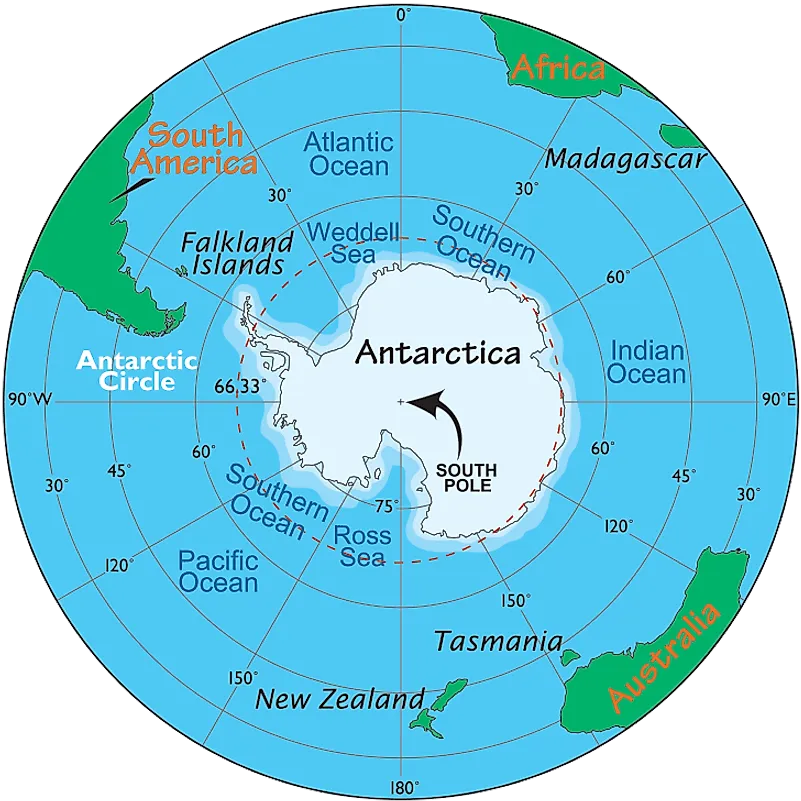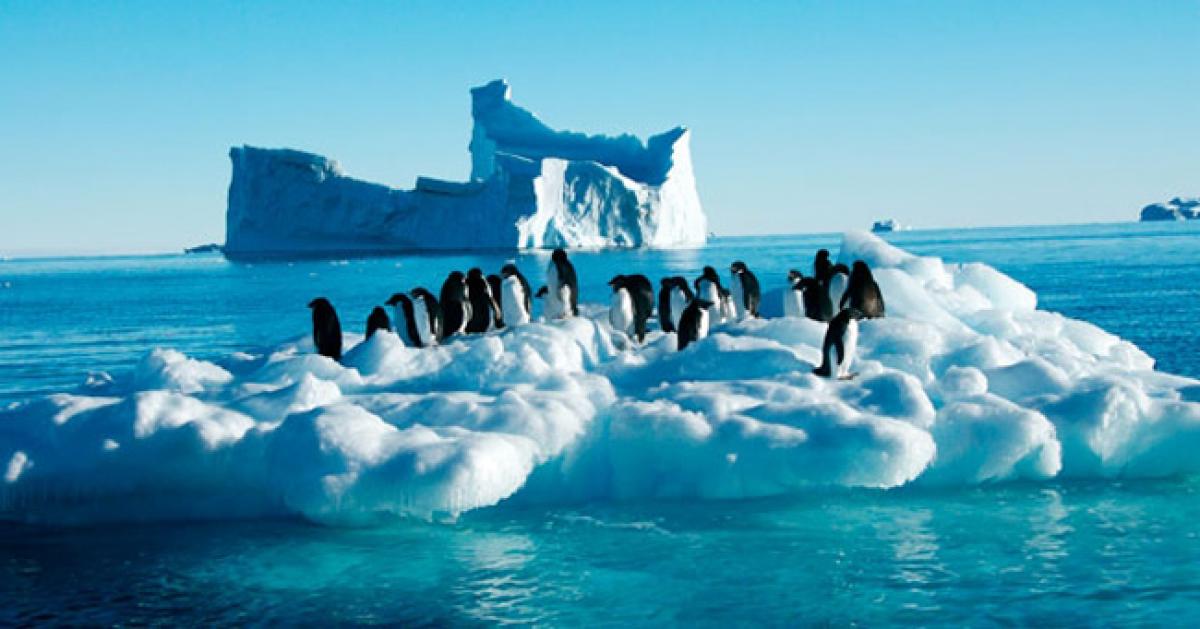Have you ever dreamed of embarking on a unique adventure to one of the most remote and pristine destinations on Earth? Antarctica, the southernmost continent, has long captured the imagination of intrepid travelers and explorers. In this article, we will delve into the possibilities of traveling to Antarctica, understand the challenges and restrictions involved, and explore the wonders that await those who dare to venture to this frozen paradise.
1. Introduction
Antarctica, a vast landmass covering around 14 million square kilometers, is located at the South Pole and is surrounded by the Southern Ocean. This icy continent is renowned for its extreme climate, mesmerizing landscapes, and unparalleled wildlife. However, visiting Antarctica is not as simple as hopping on a plane and booking a hotel. Strict regulations and environmental considerations are in place to protect this fragile ecosystem.
2. Understanding Antarctica

Location and geography
Antarctica is situated at the southernmost part of our planet and is primarily composed of ice. It is surrounded by the Southern Ocean, which acts as a natural barrier, isolating the continent from the rest of the world. The landmass is divided into East Antarctica and West Antarctica, with the South Pole located near the center. The continent’s extreme cold, strong winds, and icy terrain make it a challenging but rewarding destination for adventure seekers.
Climate and weather conditions
Antarctica holds the record for the lowest temperature ever recorded on Earth, plummeting to a bone-chilling -128.6 degrees Fahrenheit (-89.2 degrees Celsius). The continent experiences long, harsh winters and relatively short summers, with temperatures ranging from -40 to 20 degrees Fahrenheit (-40 to -6 degrees Celsius). Blizzards, high winds, and limited sunlight add to the inhospitable environment. These extreme conditions necessitate careful planning and preparation for any journey to Antarctica.
3. Travel restrictions to Antarctica
Environmental protection and conservation
Antarctica is considered a global commons, dedicated to peace, science, and environmental protection. The Antarctic Treaty, signed by numerous countries, aims to preserve this pristine wilderness and ensure that human activities do not harm its delicate ecosystems. As a result, strict regulations are in place to control tourism and limit the number of visitors to Antarctica.
International agreements and regulations
Under the Antarctic Treaty System, tour operators and travelers must adhere to guidelines set by the International Association of Antarctica Tour Operators (IAATO). These regulations cover aspects such as visitor management, waste disposal, wildlife interaction, and preserving historical sites. Travelers must respect the fragile environment and follow responsible tourism practices to minimize their impact.
4. Types of travel experiences in Antarctica
When it comes to experiencing Antarctica, there are several options to choose from, each offering a unique perspective of this frozen continent.
Cruise ship expeditions
Cruise ships are a popular choice for travelers wishing to explore Antarctica. These vessels provide comfortable accommodations, gourmet dining, and expert guides who offer insights into the region’s history, wildlife, and geology. Cruise itineraries usually include visits to various landing sites, allowing passengers to set foot on the Antarctic Peninsula and observe the incredible wildlife up close.
Fly-in programs
For those with limited time or a preference for avoiding the notorious Drake Passage, fly-in programs offer an alternative option. These programs involve taking a flight from Punta Arenas, Chile, to King George Island, situated in the South Shetland Islands near the Antarctic Peninsula. From there, visitors can join a cruise or explore nearby research stations.
Adventure activities
For the more adventurous souls, activities such as sea kayaking, mountaineering, camping, and even scuba diving are available in Antarctica. These thrilling experiences allow for a deeper connection with the environment and a chance to fully immerse oneself in the awe-inspiring landscapes.
5. Planning a trip to Antarctica
Embarking on a journey to Antarctica requires careful planning and consideration of various factors.

Choosing a reputable tour operator
Selecting a reputable tour operator is crucial to ensure a safe and well-organized trip. Look for operators that are members of IAATO and adhere to responsible tourism practices. Research their itineraries, vessel safety, and passenger capacity to find the best fit for your preferences.
Obtaining necessary permits and documentation
Traveling to Antarctica involves obtaining permits and documentation, including passports, visas, and medical clearances. Your tour operator should assist you in navigating these requirements and provide guidance on any specific documents needed for your trip.
Health and safety considerations
Antarctica’s extreme environment demands careful attention to health and safety. Adequate travel insurance, including medical evacuation coverage, is essential. Consult with your healthcare provider to address any health concerns and ensure you are physically prepared for the journey.
6. Costs and logistics
Visiting Antarctica is not a budget-friendly endeavor, given the remote location and logistical challenges. Costs can vary significantly depending on factors such as trip duration, vessel type, cabin category, and additional activities. On average, a ten-day expedition cruise to Antarctica can range from $5,000 to $15,000 per person. It’s important to plan and budget accordingly to make this once-in-a-lifetime experience a reality.
7. Exploring the wildlife and natural wonders
Antarctica is teeming with unique wildlife and mesmerizing natural beauty. Here are some highlights to look forward to:
Unique flora and fauna
Despite its harsh conditions, Antarctica is home to a surprising array of flora and fauna. Adélie and gentoo penguins, Weddell and leopard seals, orcas, and humpback whales are just a few of the captivating species you may encounter. The diverse marine life and seabird colonies make every moment spent in Antarctica truly unforgettable.
Majestic icebergs and glaciers
Antarctica’s icy landscape is dominated by towering icebergs and colossal glaciers. These frozen giants come in various shapes and sizes, ranging from pristine white to deep blue hues. Witnessing these awe-inspiring structures and hearing the crackling sounds of ice breaking is a humbling experience.
Landscapes and scenic beauty
The Antarctic Peninsula boasts dramatic landscapes, including snow-covered mountains, vast ice shelves, and stunning fjords. The ever-changing light creates a surreal ambiance, painting the surroundings with hues of pink, purple, and gold. The sheer beauty of this untouched wilderness is beyond compare.
8. Cultural and historical aspects
Antarctica is not only a pristine wilderness but also a place of scientific research and historical significance.
Research stations and scientific activities
Several research stations operate year-round in Antarctica, hosting scientists from around the world. These stations conduct vital research on climate change, astronomy, and other scientific disciplines. Some tour operators offer visits to these stations, providing insights into the ongoing research and the challenges faced by scientists working in such extreme conditions.
Exploring the legacy of Antarctic exploration
Antarctica holds a rich history of exploration, from the early expeditions of Roald Amundsen and Robert Scott to the heroic age of Antarctic exploration. Visit historic huts, including those used by these famous explorers, and gain a deeper understanding of the hardships they endured in their quest to conquer this frozen frontier.
9. Responsible tourism in Antarctica
Preserving the fragile ecosystem of Antarctica should be a top priority for any visitor. Here are some ways to practice responsible tourism:
Minimizing environmental impact
Follow the principles of “Leave No Trace” and adhere to the regulations set forth by IAATO and the Antarctic Treaty System. Respect wildlife and keep a safe distance, dispose of waste properly, and avoid taking anything from the environment. Educate yourself about the local flora, fauna, and ecosystems to gain a deeper appreciation for their significance.
Ethical considerations
Choose operators that prioritize ethical wildlife viewing practices and prioritize conservation efforts. Avoid activities that may disturb or harm wildlife, and report any instances of irresponsible behavior to the appropriate authorities. By being a responsible traveler, you contribute to the long-term preservation of Antarctica’s unique ecosystem.
10. Conclusion
Visiting Antarctica is a rare and awe-inspiring opportunity to witness one of the last true wildernesses on our planet. The stunning landscapes, abundant wildlife, and rich history make it a destination like no other. However, it is essential to approach this journey with respect, responsibility, and a deep appreciation for the fragility of this unique ecosystem. By doing so, you can create unforgettable memories while ensuring the preservation of Antarctica for generations to come.
11. FAQs
Q1. Is it possible to visit Antarctica all year round?
Yes, it is possible to visit Antarctica throughout the year, but the best time for tourism is during the austral summer, from November to March. During this period, temperatures are relatively milder, and wildlife, including penguins and seals, is more active.
Q2. Are there any age restrictions for traveling to Antarctica?
While there are no specific age restrictions for visiting Antarctica, it is generally recommended that travelers be in good health and able to cope with the physical demands of the trip. Some tour operators may have their own age restrictions, so it’s important to check with them before booking.
Q3. How far in advance should I book my trip to Antarctica?
It is advisable to book your trip to Antarctica well in advance, ideally six to twelve months ahead of your desired travel dates. This allows for better availability and ensures you can secure a spot on the cruise or program of your choice.
Q4. Can I go hiking or camping in Antarctica?
Yes, hiking and camping activities are available in Antarctica, but they are usually offered as part of guided expeditions led by experienced professionals. These activities provide a unique opportunity to immerse yourself in the wilderness and spend the night under the Antarctic sky.
Q5. What wildlife can I expect to see in Antarctica?
Antarctica is known for its diverse wildlife, including penguins, seals, whales, and seabirds. Adélie, gentoo, and chinstrap penguins are commonly sighted, along with Weddell and leopard seals. Humpback whales and orcas can also be spotted in the surrounding waters
Visit our another web : Click Here

